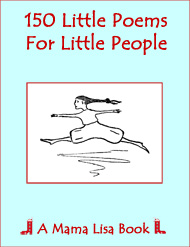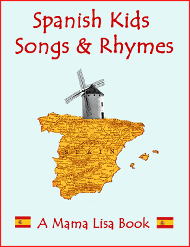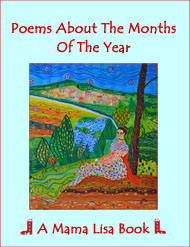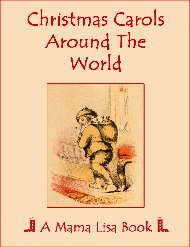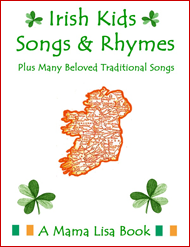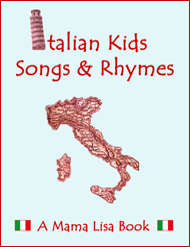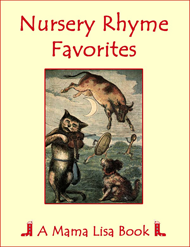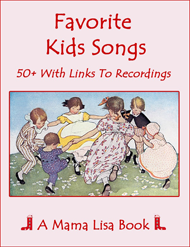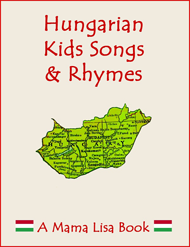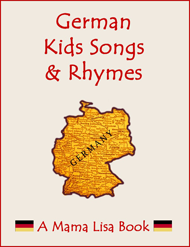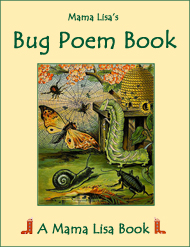C'est à Lauterbach
This song appeared in a 1926 school songbook from Alsace, France.
The song is originally from Tyrol, Austria in 1827. There are many versions of this song from different German regions.
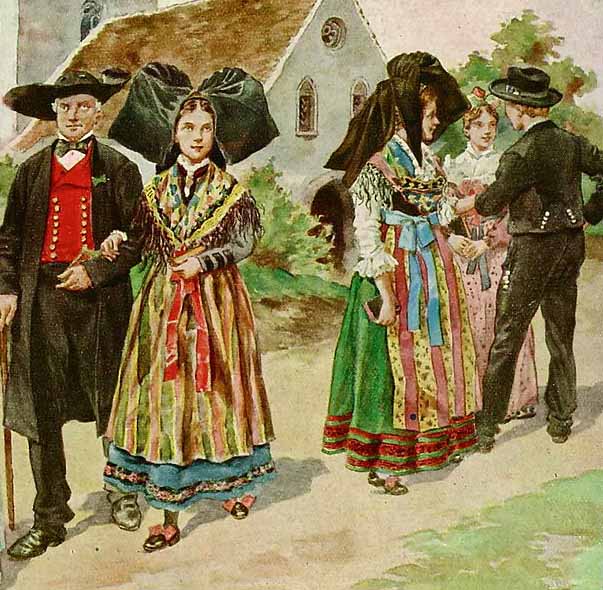
C'est à Lauterbach
It's in Lauterbach
Chanson traditionnelle
Folk Song
(French)
(English)
C'est à Lauterbach où l'on danse sans cesse
Qu'il faut le dimanche nous voir,
La valse nous pousse, la flûte nous presse
Voyez passer les rubans noirs
C'est à Lauterbach où l'on danse sans cesse
Que mon fin soulier s'est perdu
Allons, savetier, puisqu'il faut que je rentre
Bien vite qu'il me soit rendu.
C'est à Lauterbach où l'on danse sans cesse
Que j'ai perdu mon jeune cœur
J'y veux retourner, mais en bell' mariée
Je montrerai qui a mon cœur.
It's in Lauterbach where the dancing never stops,
Where you must see us on Sundays,
The waltz urges us on, the flute drives us on,
See the black ribbons* pass by.
It's in Lauterbach where the dancing never stops,
Where my fine shoe was lost,
Come on, shoemaker, since I must go home,
Give it back to me very soon.
It's in Lauterbach where the dancing never stops,
Where I lost my young heart,
I want to go back there, but as a beautiful bride,
I'll demonstrate who has my heart.
Notes
*Black ribbons: the traditional Alsatian headdress consists in a long and broad black ribbon tied to form a large knot and sewn on a black cap.
The American songwriter, Septimus Winner wrote a song based on this tune in 1864 with the new text entitled, "Where oh where has my little dog gone". It became a popular North American children's song.
Thanks and Acknowledgements
Contribution and translation: Monique (with Lisa)
Image: Detail from The Traditional Costumes of Alsace, set of reproductions of watercolors by P.KAUFFMANN (1877-1937), published in L'ILLUSTRATION 1918-1919, "with special permission of Maison Goupil et Cie, Paris".
Merci beaucoup !





